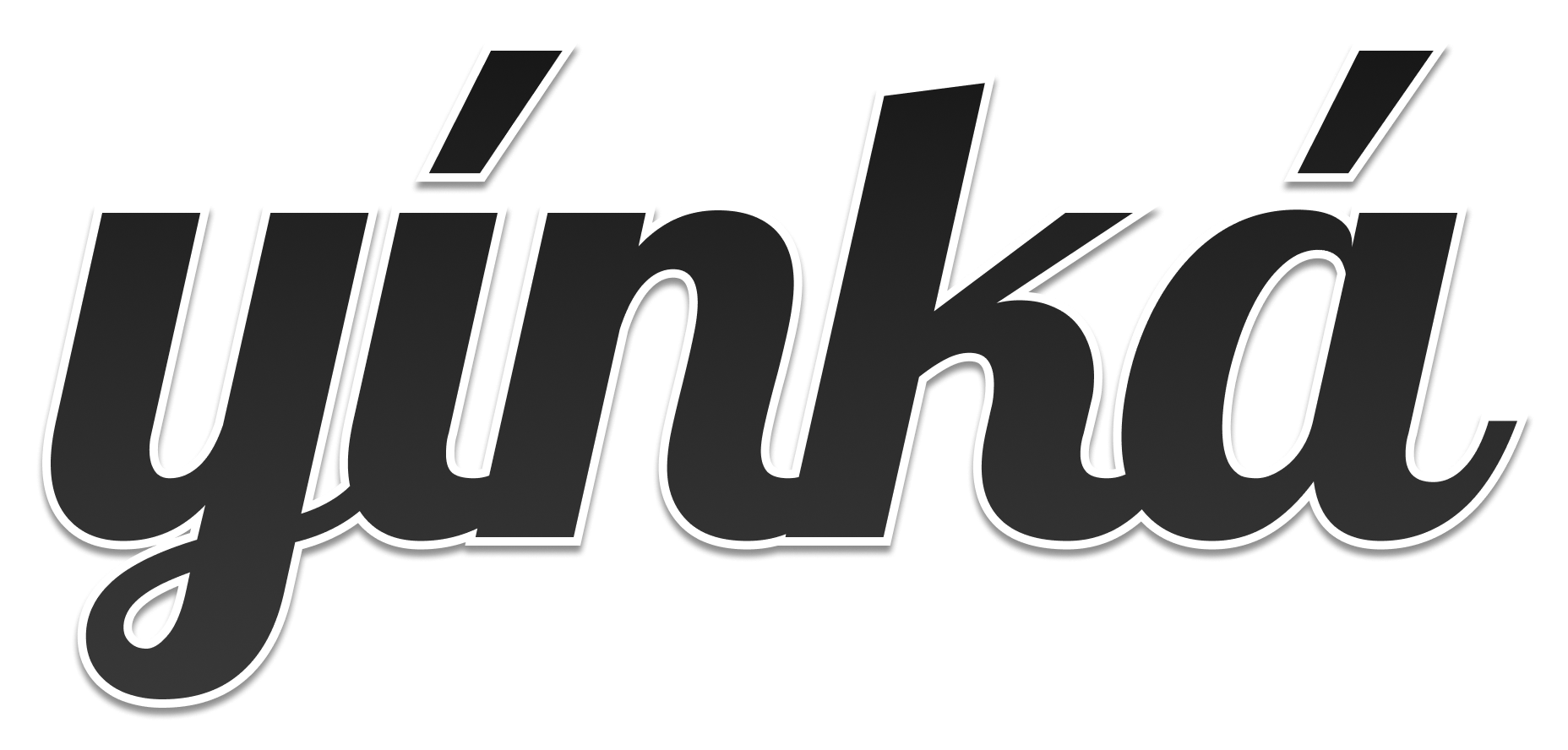Delete unwanted boot entries from Windows BIOS
I had a machine that had accumulated multiple redundant entries in the BIOS boot sequence as a result of running dual boots, clover/hackintoshes and multiple SSD swaps over time.
This machine now runs Windows 10 exclusively but still had all old boot entries; rEFInd, MacOS, Clover, CentOS and Ubuntu. While keeping these entries will not cause any harm, I prefer to keep the Windows Boot Manager tidy by getting rid of all entries other than Windows 10.
You could always use a Visual BCD editor to remove the crufts but I think it’s simpler to use the BCDEdit tool built into Windows.
👉🏽 Start Windows Terminal or Command Prompt and run this command as administrator:
PS C:\Users\yinka> bcdedit /enum firmwareThe above command will list all current boot entries in windows boot manager along with their identifiers, as well as all local devices and identifiers. 2 examples of entries I want to delete on my machine are listed below, identified by the ‘description’ :
Firmware Application (101fffff)
-------------------------------
identifier {0f818685-8a59-11ea-a977-806e6f6e6963}
description Mac OS X
Firmware Application (101fffff)
-------------------------------
identifier {0f818686-8a59-11ea-a977-806e6f6e6963}
description CentOS Stream
👉🏽 Now that you know have a list of identifiers to remove, run the bcdedit /delete command against those identifiers, you’ll need to be extremely careful here as deleting the wrong entry will certainly bork your machine.
PS C:\Users\yinka> bcdedit /delete "{0f818685-8a59-11ea-a977-806e6f6e6963}"And that’s it, when you re-run bcdedit /enum firmware or boot into bios, all unwanted entries should be gone.
To find more information about what you can do with BCDEdit, run bcdedit /?.
